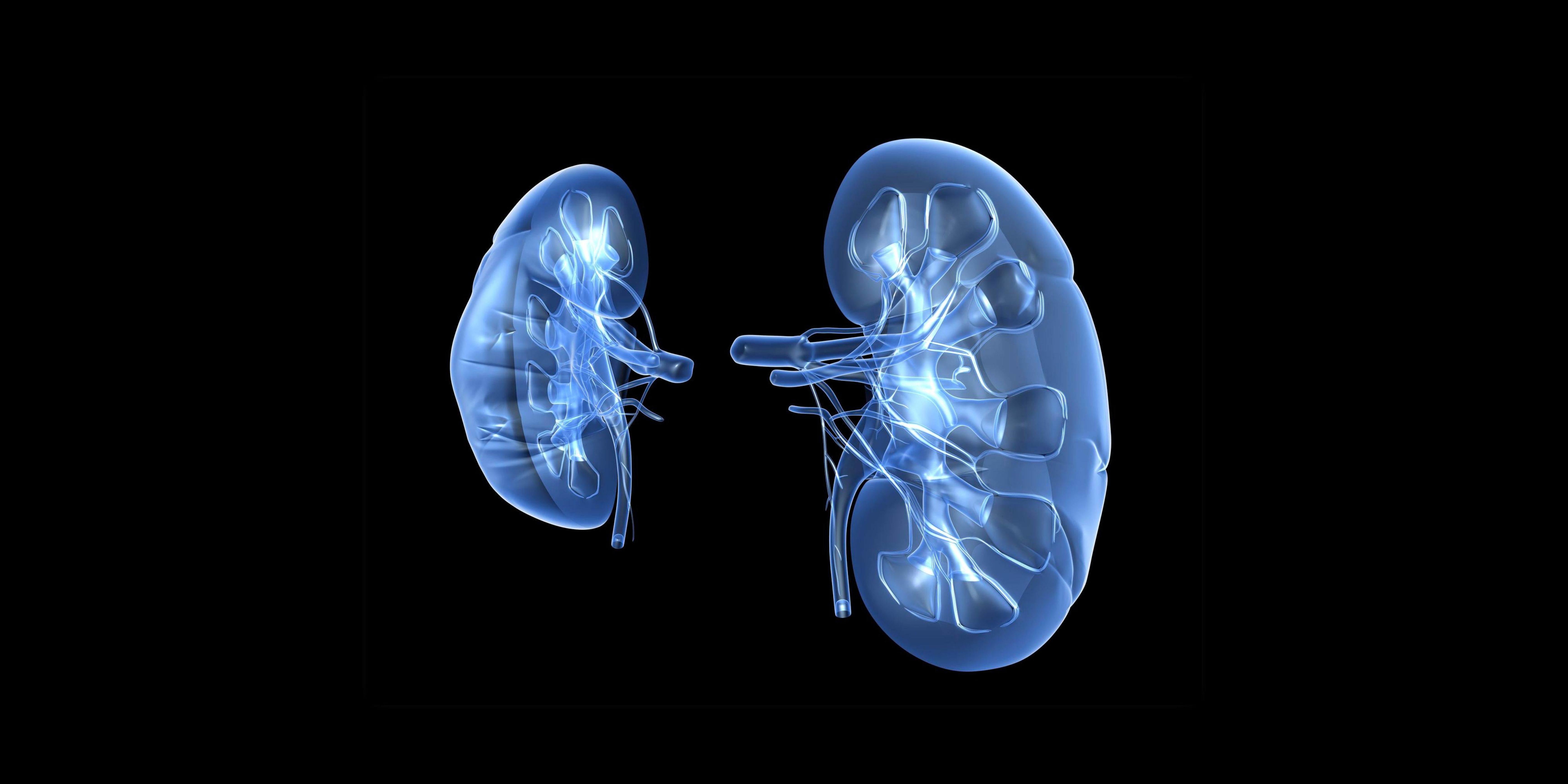Geschreven door Alisa - 3 Minuten leestijd
Keeping kidneys healthy with a hand from AI

The kidneys are the filters that keep our blood waste-free. But for thousands of children facing kidney disease, this pair of organs fails at this crucial task.
In a rare subset of patients, the cause is mutations that prevent the cystinosin protein from shuttling the amino acid cystine out of cells’ lysosomes, the compartment where cellular waste is broken down. As cystine builds up, it forms crystals and damages cells, which can cause kidney failure if not treated. The only approved drug, cysteamine, prevents cystine build-up, but it can be hard for kids to take a pill multiple times a day. Importantly, it slows down kidney disease, but does not cure it. “There is a large unmet need,” said Olivier Devuyst, a kidney researcher at the University of Zurich.
In a recent study in Nature Communications, Devuyst and Alessandro Luciani, a fellow kidney researcher at the University of Zurich, teamed up to better understand how cystine build-up damages the kidney and to find new targets that could help halt the disease.1 To start, they developed a menagerie of animal models with mutations that knocked out or reduced cystinosin, ranging from mice to zebrafish. By looking for parallel changes in molecular pathways across very different species, they hoped to find the central pathway disrupted by the cystinosin mutations.
The researchers measured a variety of genes and proteins and analyzed them with a new artificial intelligence tool called PandaOmics from Insilico Medicine.2 This software uses many different types of molecular data from healthy and disease samples to predict potential molecules that could restore the healthy cellular profiles. The team focused on targets of existing drugs to make it easier to translate the findings to patients.
The top pathway affected in all the animal models was driven by mTORC1, a central metabolic molecule that controls growth. mTORC1 activity appeared to be elevated in animals with cystinosin mutations, and with further investigation the researchers found that this interrupted the normal differentiation of specialized cells in the kidney. One part of the kidney called the proximal tubule—where water, nutrients, and other small molecules are reabsorbed into the blood from the urine—was especially hampered by this.
“The epithelial cells of the proximal tubules of the kidney are extremely sophisticated cells,” Devuyst said. “As soon as there is a problem with the differentiation, you can see the loss of many nutrients into the urine.”
mTORC1 is involved in many other diseases, such as cancer and neurodegeneration, and there are already drugs that can lower its activity. Using one such drug, rapamycin, the researchers showed that they could improve kidney function in zebrafish larvae with cystinosin mutations. However, according to Devuyst, this drug may not be the best treatment for cystinosis in humans. One limitation is that it has many side effects. “We need to find something else, but this study was a proof of principle,” he said. Devuyst is encouraged to see that targeting mTORC1 early in life may prevent devastating kidney damage, even though it would not prevent cystine build-up. He and Luciani are planning on investigating other drugs that are known to inhibit the mTORC1 pathway or other PandaOmics-predicted targets.
Matias Simons, a kidney disease researcher at the University of Heidelberg, also wants to see more evidence that reducing mTORC1 activity improves kidney function long term. However, he finds the evidence compelling so far, especially because it incorporates many different animal models. He noted that previous studies had conflicting findings about the role of mTORC1 in cystinosis. “In this regard, it’s the most convincing study establishing a regulatory link between cystine, CTNS, and mTORC1,” he said. “It brings some order into the field.”
Interested in the dynamic Biotechnology Industry? Let our experts guide your career. Explore how we can help you today! Discover the possibilities here.
Also published on The-scientist.com
Want to stay informed about current Life Science and recruitment news on a regular base? Then register here for free.
